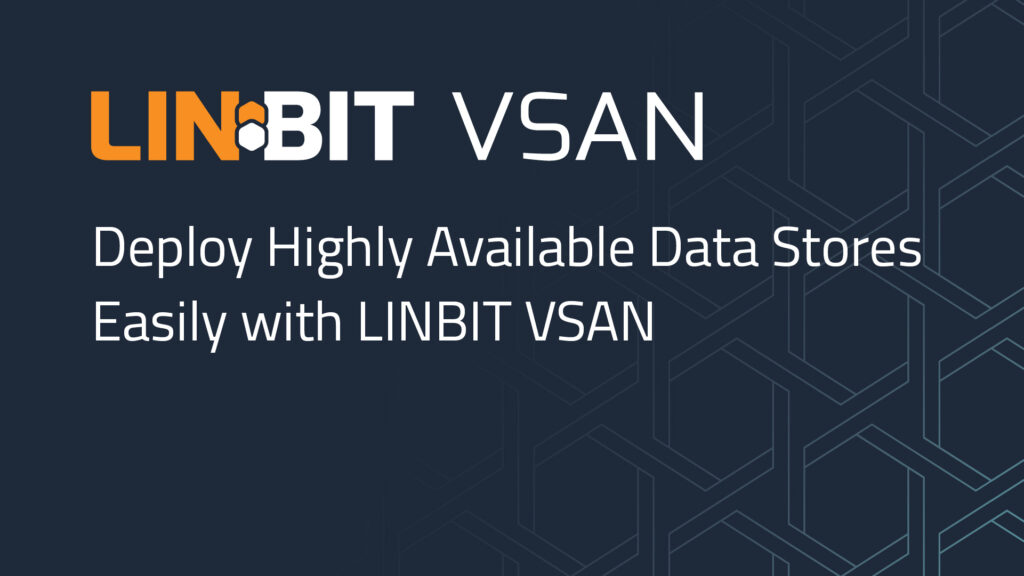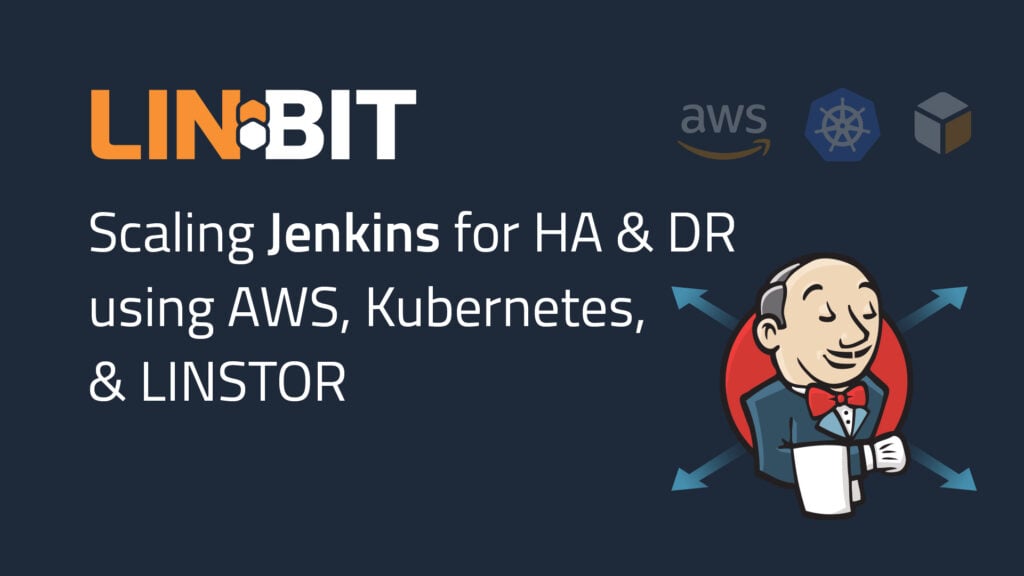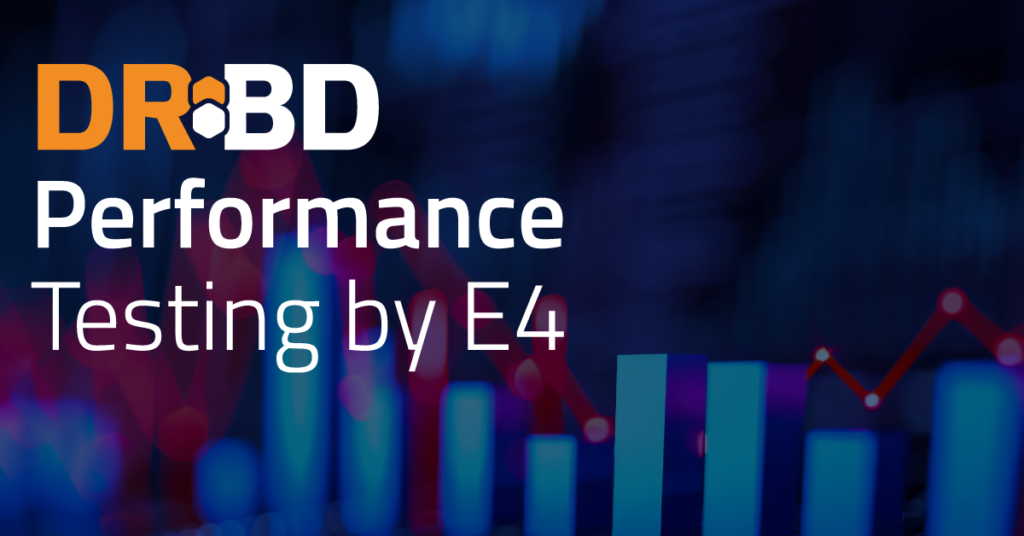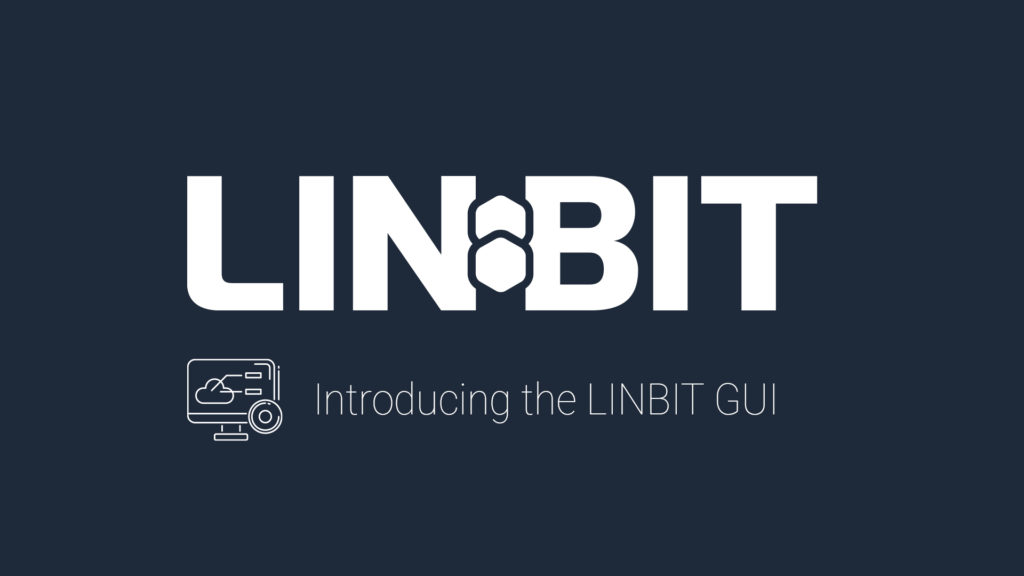Linux Foundation Events & Presentations

Since the last newsletter, I have been busy with conferences. First, I attended the Linux Foundation’s Open Source Summit in Vienna. Unfortunately, lower Austria was hit by severe rainfall and a huge storm just before it started. It was a bumpy flight for the attendees from far away. For some of the locals, it was […]
Deploy Highly Available Data Stores Easily with LINBIT VSAN

LINBIT VSAN is a virtual storage area network (VSAN) appliance that you can use to easily create highly available data stores for your hypervisors. Originally, the LINBIT® team developed VSAN with VMware ESXi as a target platform in mind, but it is fully independent of the hypervisor software and you can use it with other […]
Scaling Jenkins for HA & DR using AWS, Kubernetes, & LINSTOR

Scaling Jenkins for high availability (HA) and disaster recovery (DR) was not a primary driving force in the open source automation platform’s development history. “Developers who extended Jenkins favored speed of creating functionality over performance or scalability of the entire system,” observe the writers of an Amazon Web Services (AWS) DevOps blog article, “Jenkins high availability […]
Independent Performance Testing of DRBD by E4

This is a guest post by Davide Obbi, Storage Specialist at E4. In 2024, the Italy-based E4 Computer Engineering company evaluated DRBD® for use in their high performance computing (HPC) ecosystem. E4 is a company that since 2002, has specialized in building HPC systems for academic and institutional research environments, such as CERN. More recently, […]
RDMA & What It Means for Data Transfer & Replication

Remote Direct Memory Access (RDMA) is a data transport protocol that has changed the way data is transferred over networks. This article will discuss the topic of RDMA, what it is, how it differs from Transmission Control Protocol (TCP), and why you might want to use it in a high availability (HA) data replication topology. […]
Open-Sourcing the LINBIT SDS GUI

One year ago, we announced the LINBIT SDS GUI, intending to add another benefit to the subscription products offered by LINBIT. A year later, we reevaluated the situation. I asked my sales team the question: Will the added benefit of the GUI help you sell more LINBIT support subscriptions? I got a clear answer: No. […]
Managing Software-Defined Storage with the LINBIT GUI

A Visual Approach to LINBIT SDS Here at LINBIT®, we live at the shell prompt, but on occasion, getting a graphical view of things can provide benefits. This is why we developed the LINBIT GUI, a graphical user interface (GUI), for the LINBIT SDS stack (LINSTOR®, DRBD®, and related software). Open source code for the […]